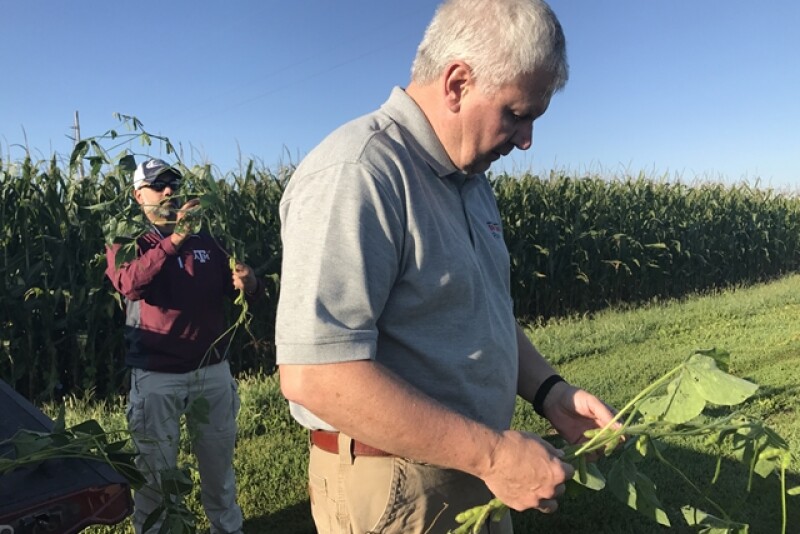Three days make a trend and after day 3 of the 2025 Farm Journal Crop Tour, the variability trend has been replaced by a disease pressure trend.For 19 of the past 20 years, I have participated on Crop Tour.While no two years are alike, this year will stick out as the year of corn diseases.From leaf blight to southern rust and tar spot, I literally had to travel through three states before disease pressure started to subside a bit in Iowa.Typically, we see disease pressure in soybeans pretty regularly, but this year it’s all about corn.
Southern rust is not something typically seen this far north.Farmers in the south deal with it regularly due to high moisture levels.This year however, it’s the Midwest’s turn to see what sort of yield robber rust can be.In a year when margins are extremely tight, and more likely negative for many, it will be a tough decision whether or not to apply one more fungicide application at a cost of $20/acre or just let it go.For some that decision has already been made by their banker.
It’s difficult to imagine not wanting to protect an asset you’ve worked so hard on throughout the summer, but for some it seems like the strategy may be rather than throw good money after bad, they will just let the season run its course.A season by the way that is coming to a close way too quickly for many.
High heat over the past few weeks has pushed many areas east of Iowa into overdrive.As such, the corn crop will not have enough time to mature properly.The result will be low test weight and lost yields if disease is not reversed, but that will cost money.It is rare to see a fully mature crop this far north in the third week of August, but it’s out there for sure.
As far as soybeans are concerned, they continued to impress today in western Illinois as the corn crop continued to disappoint.While the August Crop production report pointed to a record yield in Illinois, that yield was attached to corn when it most likely should be attached to soybeans.
In the east we will finish up the Tour with scouting through the eastern part of Iowa while the west will cover southern Minnesota.Western Iowa was covered on Wednesday, and while impressive from all accounts, “it needs to finish”, not a foregone conclusion for any state we’ve visited this week.

